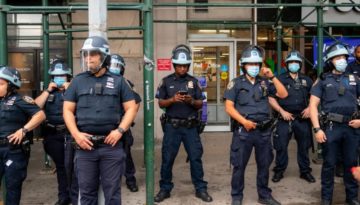How Massachusetts New Campus Safety Act Could Revolutionize How Sexual Violence against Students Is Reported
In January 2021, Massachusetts’ Governor Charlie Baker signed the state’s new Campus Safety Act into law. The Act addresses sexual violence on college and university campuses and includes measures to prevent, report, and respond to sexual assaults and other forms of sexual violence.










